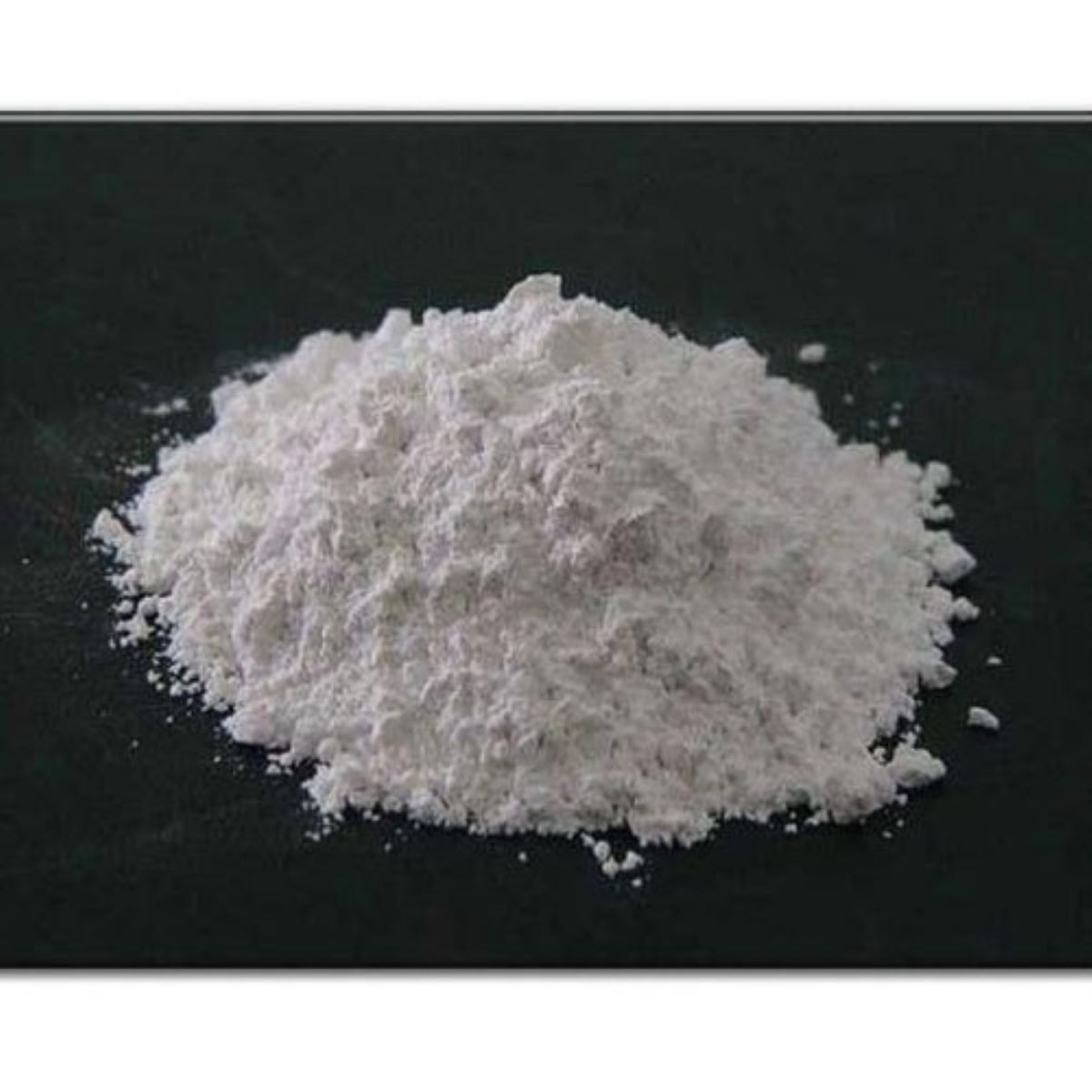Calcium carbonate is widely recognized for its versatility in various industries, including the paint industry. This naturally occurring compound plays a crucial role in enhancing the quality and durability of paints. In this article, we explore how calcium carbonate contributes to improving paint durability and why it is a preferred ingredient in modern formulations.
The Role of Calcium Carbonate in Paints
Calcium carbonate is commonly used as a filler in paints. Its fine powder form allows it to be easily blended into different types of paint, enhancing its texture and consistency. The addition of calcium carbonate can help paint manufacturers achieve a smoother, more even finish. It also serves as a white pigment, improving the brightness and opacity of the paint.
Enhancing Paint Durability
One of the most significant benefits of incorporating calcium carbonate into paint is its ability to increase the durability of the finished product. When added to paints, calcium carbonate improves the paint’s resistance to wear and tear. This enhancement is particularly important for exterior paints that are exposed to harsh weather conditions, such as rain, UV rays, and temperature fluctuations. The mineral’s properties help paint withstand these environmental stresses, making it more resistant to fading, cracking, and peeling over time.
Improved Scratch Resistance
Paint durability is not only about protection from external elements but also its ability to resist physical damage. By adding calcium carbonate powder, the paint’s scratch resistance improves. This is especially useful for high-traffic areas or surfaces that may experience abrasion or contact with rough materials. The mineral’s hard, yet flexible nature contributes to a more robust paint finish that can better maintain its integrity over time.
Cost-Effective Alternative
In addition to improving the overall performance of paint, calcium carbonate offers a cost-effective solution for manufacturers. It is an affordable filler compared to other options, making it an attractive choice for large-scale paint production. By reducing the need for more expensive ingredients without sacrificing quality, calcium carbonate helps keep production costs low. This, in turn, can make paints more affordable for consumers.
Eco-Friendly Benefits
Calcium carbonate is a naturally abundant material, and its use in paint formulations offers an eco-friendly advantage. Unlike some synthetic fillers, it is non-toxic and does not contribute to harmful emissions. As consumers become more environmentally conscious, paint manufacturers are increasingly turning to sustainable ingredients like calcium carbonate. Its minimal environmental impact makes it a responsible choice for companies looking to produce greener, safer paints.
Improving Workability and Application
Calcium carbonate powder enhances the workability of paint, making it easier to apply. It improves the paint’s spreadability, ensuring that it covers surfaces evenly and smoothly. This can lead to better coverage, which may reduce the number of coats required to achieve the desired look. As a result, the application process becomes more efficient, saving both time and labor costs.
Conclusion
Calcium carbonate has proven itself as a valuable component in the paint industry, offering several benefits that contribute to improved durability and performance. From enhancing resistance to weathering and physical damage to providing a cost-effective and eco-friendly solution, calcium carbonate powder is a key ingredient in modern paint formulations. Whether you’re a manufacturer looking to improve your products or a consumer seeking long-lasting paint, this versatile mineral continues to play a vital role in achieving high-quality, durable finishes.

